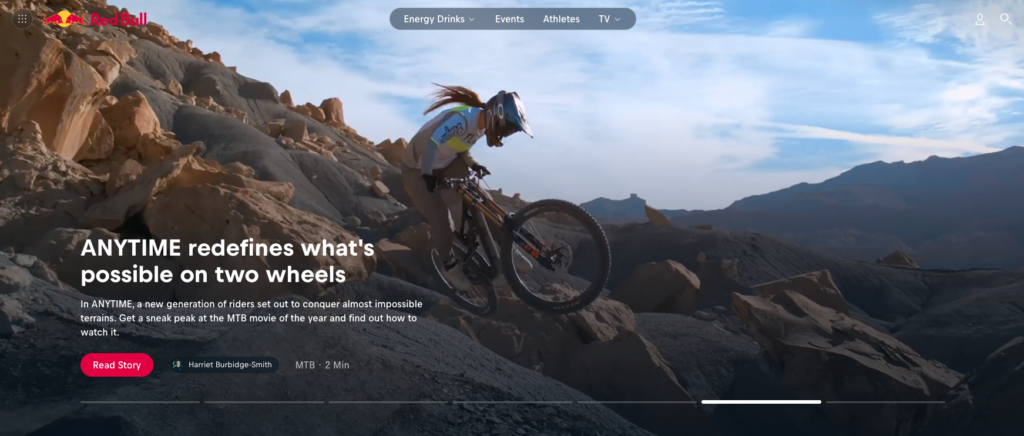Funnels are a basic concept in business. They are a visual representation of the customer journey from awareness to purchase (or some other conversion event). Most often, we talk about two kinds; marketing funnels and sales funnels.
You can use a funnel to visualize lots of things. For instance, it’s essential to use a marketing funnel to understand what kind of content to create. Different content types help potential customers. The type they need depends on their journey stage. A brand may use a TV commercial to drive broad awareness. However, it might use a webinar or a detailed blog post to support customers in the consideration phase.

We’re so accustomed to funnels that we forget a brand marketing essential. If anything, a brand is an upside-down funnel, or pyramid shape. While it’s hard to trace its origins, we’ve all heard variations of the following quote:
If you don’t stand for something, you’ll fall for anything.
Possibly Alexander Hamilton
The permutations have been co-opted over time. In brand marketing, we often say that if you don’t stand for anyone, you stand for no one. We’re saying it’s important to find your target customer(s). You should speak directly to them. The mistake startups and young brands make is an attempt to capture any and all customers.
There is a lot of pressure to grow when you’re building a business. I hear founders share their fears all the time:
If we focus too much on one customer persona, we’re going to alienate too many people.
I’m worried that if we are too niche, we’ll miss our growth targets.
We’ve set aggressive growth milestones, and I don’t want to risk missing them. We have to raise money!

I hear you. Unfortunately, one surefire way to alienate potential customers is to confuse them. The top section of the pyramid is small. It requires laser focus. You provide a clear message to the customers. You tell them that your brand and product are perfect for them. I love referencing production adoption curves to illustrate the point. You must nail the message, tone, and value for your innovators and early adopters. If you don’t, you won’t get a chance to capture the rest.
Clubs are great examples. When they first open, they try to capture the attention of tastemakers and cool kids. They don’t become truly profitable until they go mainstream. Eventually, offering bottle service to hedge fund dudes and tech bros. Your cool kid doesn’t need to be cool. It’s simply the customer for which your brand is a perfect match.
Caveat: Make sure that persona isn’t so unique there are only a couple hundred of them. You still want to target a large enough audience to be meaningful. But, if you carve out your niche well, you will attract a much broader audience. This will happen as you improve the product and expand your offering.
The top of the pyramid serves as a lighthouse. It’s a guiding light. It lets you focus your energy and resources. You can focus on making the best product and content. You’ll serve customers who are eager to have their problems solved by you. Additionally, it lets customers see how your brand and product fit in their lives.
I can’t stress this enough. We live in a world of ample, even overwhelming, choice. Commoditized goods saturate the world. Branding helps customers decide whether your product is a match or a swipe left.
